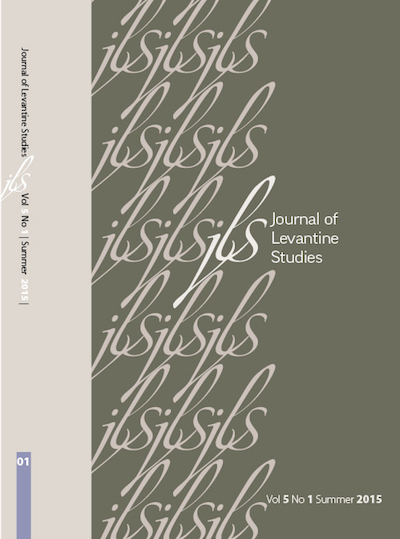-
Add to cartQuick view
Islamic Law as Indigenous Law: The Shari‘a Courts in Israel from a Postcolonial Perspective
Free!The article argues that to better understand the shari‘a court system in Israel, these courts should be examined from a postcolonial perspective. The resemblance between Islamic law, as applied in Israeli shari‘a courts, and “customary” laws, which were applied by “indigenous” courts in diverse colonial settings, is discussed, and the similarities and differences are highlighted. Specifically, the article illustrates that the shari‘a courts in Israel—like other “indigenous” courts working in colonial settings—constitute, at one and the same time, sites of co-optation and of resistance. On the one hand, the shari‘a courts are state courts—governed and controlled by state institutions—and as such they are used by state authorities for the purpose of controlling and subjugating the Muslim minority in Israel; on the other hand, these courts also constitute a sociolegal space where Israeli Muslims may forge their identity and may negotiate their position toward the state. In other words, they constitute an arena of autonomous agency. This argument, which draws on the postcolonial literature, is illustrated in the article with empirical examples from the shari‘a courts in Beersheba and Jerusalem.
Add to cartQuick view -
Add to cartQuick view
Skin Color Stratification in Israel Revisited
Free!Colorism refers to social stratification systems based on skin color. Colorism in Israel is significant because Israel is very ethnically stratified, a fact confirmed by the few scholarly works that have examined the subject. These works, however, do not employ the interests, methods, or key issues of colorism as a distinct academic field. The present study critically analyzes these works through the lenses of colorism scholarship in other national and cultural contexts. We found that existing studies focus on three themes: Jews of Ethiopian descent, with little attention to other groups; processes of attaching values to color categories, rather than the construction of the categories themselves; and the stigmatization by skin color of some marginalized groups.
Add to cartQuick view -
Add to cartQuick view
The City Square in the Performance of Taanit: From Rabbinic Space to Contemporary Jerusalem
Free!In winter 2012 the Israeli group Tnua Tsiburit (Public Movement) initiated Taanit (Civil Fast), a performance action that first took place at Davidka Square, in Jerusalem. Taanit was designed to explore the potential role of the body, and of bodily self-affliction, in social and political protest. An intertextual analysis of Taanit reveals it also as a site-specific interpretation of the city square that examines its political-theological significance by evoking traditional, religious layers of meaning given to that place. Following the reclaiming of the city square that characterized recent protests around the globe, Public Movement’s civil fast reactivates the religious underpinnings of modern urban space by juxtaposing it with rabbinic traditions, illuminating through performance the potential significance that the rabbinic space of public fasting has for modern urban politics.
Add to cartQuick view -
Add to cartQuick view
The Rear Side of the Front: Gaza and Its People in World War I
Free!During the First World War, the city of Gaza, a regional hub of forty thousand souls and a major market and exporter of grains, turned into a battlefield. While the military and political consequences of this arena are well researched, this article examines its civil and social aspects as well, in order to better understand the story of the First World War in Palestine. Using both British and Ottoman documentation alongside civil accounts and memoirs, the article discusses the reasons, methods, and effects of the city’s complete evacuation and the massive destruction of its physical environment. The civil perspective of the war reflected in the fate of Gaza poses a challenge to common chronological and spatial presumptions about the war itself, and it allows a rethinking of the Mandate period in the light of postwar circumstances.
Add to cartQuick view
- Home
- About JLS
- Issues
- Vol. 9 No. 1 | Summer 2019
- Vol 8 No 2 Winter 2018
- Vol. 8, No. 1: Summer 2018
- Vol. 7, No. 2: Winter 2017
- Vol. 7, 1: Summer 2017
- Vol. 6, Summer/Winter 2016
- Vol. 5, No. 2 Winter 2015
- Vol. 5, No. 1 Summer 2015
- Vol. 4, No. 2 Winter 2014
- Vol. 4, No. 1 Summer 2014
- Vol. 3, No. 2 Winter 2013
- Vol. 3, No. 1 Summer 2013
- Vol. 2, No. 2 Winter 2012
- Vol. 2, No. 1 Summer 2012
- Vol. 1, No. 2 Winter 2011
- Vol. 1, No. 1 Summer 2011
- Blog
- dock-uments
- Subscribe
- Submit
- Contact


